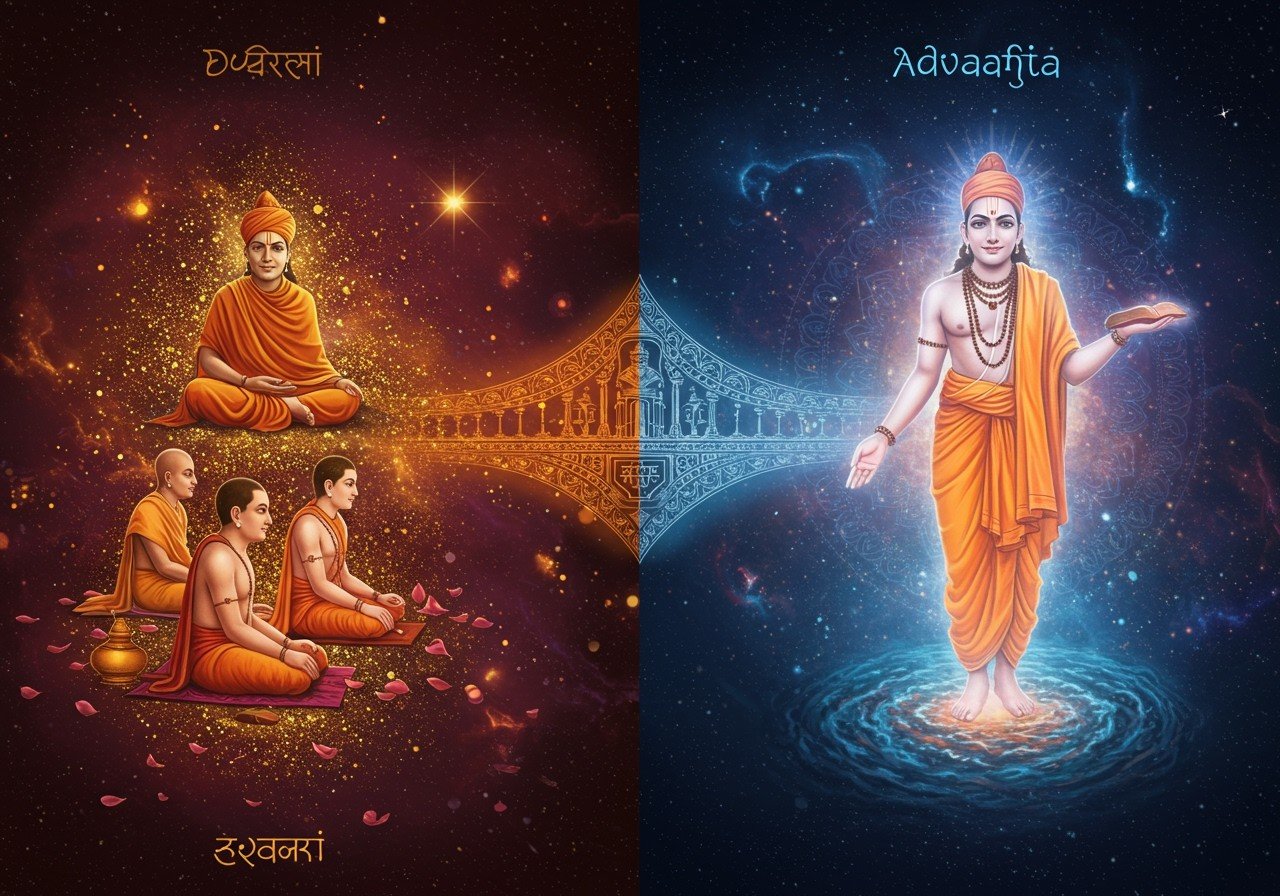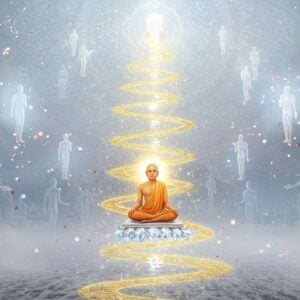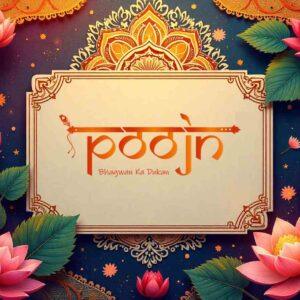
Delving into Indian philosophy offers profound insights into history and spirituality. Dvaita Vedanta and Advaita Vedanta are two prominent schools of thought that have molded India’s spiritual and cultural landscape. They illuminate the nature of reality, the self, and the divine, providing a bridge between tradition and modernity for seekers of deeper meaning.
Historical Context and Origins
Vedanta stems from the Upanishads, ancient Vedic texts. Dvaita Vedanta, founded by Madhvacharya in the 13th century CE, emerged as a counterpoint to monistic views. Advaita Vedanta, established by Adi Shankaracharya in the 8th century CE, centers on non-dualism. Various sociopolitical and cultural influences shaped their development.
The Brahma Sutras and their commentaries are crucial in defining each philosophy. Intellectual discourse has refined Dvaita and Advaita Vedanta over time, impacting subsequent Indian philosophical and religious traditions.
Core Tenets of Advaita Vedanta
Advaita Vedanta champions non-dualism, asserting the unity of the individual soul (Atman) and ultimate reality (Brahman). ‘Maya’, or illusion, creates a false sense of duality. ‘Jnana Yoga’, the path of knowledge, helps individuals transcend Maya and realize their true self. Meditation, scriptural study, and contemplation are core practices. The ‘Mahavakyas’ from the Upanishads affirm Advaita’s non-dual core.
Core Tenets of Dvaita Vedanta
Dvaita Vedanta emphasizes dualism, distinguishing the individual soul (Atman) from the supreme being (Brahman or Vishnu). Devotion and worship of a personal God are key to liberation. ‘Tattvavada’ categorizes existence into five fundamental differences. ‘Bhakti Yoga’, the path of devotion, underscores grace and divine intervention for salvation. Ethical conduct and adherence to dharma are central to Dvaita Vedanta.
Philosophical Differences and Debates
At the core of Indian philosophy, the contrasts between Advaita and Dvaita Vedanta provide fertile ground for reflection. They are two diverging paths, each illuminating a unique perspective.
Nature of Reality
-
Advaita Vedanta: Brahman is the formless, attributeless, and undivided ultimate reality, like a boundless ocean where individual waves are inseparable parts of the whole.
-
Dvaita Vedanta: Brahman is Vishnu, a personal God with divine qualities, distinct from creation, similar to an artist distinct from their artwork.
Relationship Between Atman and Brahman
-
Advaita: Atman and Brahman are identical, like peeling away layers of an onion to discover the same essence throughout. Self-realization dispels the illusion of separation.
-
Dvaita: Atman and Brahman remain eternally distinct, like a child dependent on a parent. Souls rely on Vishnu without merging.
Concept of Maya (Illusion)
-
Advaita: The world is Mithya, neither real nor unreal, a product of Maya, like morning mist that vanishes with the sunrise.
-
Dvaita: The world is real, a creation of Brahman, as tangible as the earth we stand on.
Path to Liberation (Moksha)
-
Advaita: Liberation arises from knowledge and realizing one’s identity as Brahman, an inward journey towards enlightenment through wisdom.
-
Dvaita: Liberation is achieved through devotion to Vishnu and surrender, like nurturing a seed of faith that blossoms into freedom. Check our blog on Bhakti Yoga for more info.
What Happens to the Self After Liberation
-
Advaita: The ego dissolves, and the self merges with Brahman, like a river joining the sea, losing individual form.
-
Dvaita: Individuality endures eternally in Vaikuntha with Vishnu, like stars shining brightly within the vastness of space.
These debates enhance Indian philosophical thought, embodying unity within diversity. They provide spiritual maps, whether one seeks oneness or celebrates individuality. Want to learn more about Hinduism’s influence? Explore our blog on Hinduism’s Global Reach.
How Poojn.in Supports Your Vedantic Studies
Poojn.in provides authentic resources for exploring Dvaita and Advaita Vedanta:
- Traditional texts and commentaries
- Essential puja items for worship and meditation
- Genuine rudraksha malas and meditation accessories
- Authentic sandalwood products for rituals
- Specialized items for study and practice
Want authentic rudraksha malas or sandalwood for your practice? Explore our collection at Poojn.in.
Visit Poojn.in or call us at 91 3369029784 for personalized guidance. As India’s largest Dashakarma bhandar, we ensure authentic products aligned with Vedantic traditions. Looking for a specific murti for your worship? Consider the Adiyogi murti, Lord Shiva murti, or Standing Shiva murti.
Note: Product availability may vary. Please check the website for current stock.
Finding Your Path
Exploring Advaita and Dvaita Vedanta is like wandering through a diverse garden. Each philosophy offers a unique lens to understand existence. Advaita emphasizes unity, while Dvaita celebrates the divine-individual relationship. The choice is personal, reflecting individual beliefs. May your exploration of these philosophies illuminate your spiritual journey.
FAQs on Dvaita Vedanta vs. Advaita Vedanta
What is Dvaita Vedanta? Dvaita Vedanta is a dualistic Hindu philosophy emphasizing the distinction between the individual soul (Atman) and the supreme being (Brahman). They are viewed as separate entities.
What is Advaita Vedanta? Advaita Vedanta, a non-dualistic Hindu philosophy, teaches the oneness of Atman and Brahman. It suggests they are identical.
How does Dvaita Vedanta view the relationship between Atman and Brahman? In Dvaita Vedanta, Atman and Brahman are eternally distinct, maintaining separate existences.
How does Advaita Vedanta perceive the relationship between Atman and Brahman? Advaita Vedanta considers Atman and Brahman to be one and the same, not separate entities.
Why do people compare Dvaita Vedanta vs. Advaita Vedanta? Comparing these philosophies helps understand different perspectives on existence, the soul-God relationship, and their spiritual implications. Read our blog on Dharma and Karma to deepen your understanding.
Who are the key figures associated with Dvaita Vedanta and Advaita Vedanta? Madhvacharya is the key figure of Dvaita Vedanta, while Adi Shankaracharya is associated with Advaita Vedanta.
How do Dvaita Vedanta and Advaita Vedanta influence spiritual practices? Dvaita Vedanta promotes devotion and worship of a personal God. Advaita Vedanta emphasizes meditation and self-realization to understand oneness with Brahman.
Can someone follow both Dvaita Vedanta and Advaita Vedanta? While gaining insights from both is possible, they represent fundamentally different views. Many individuals align with one based on personal beliefs and spiritual aims.


